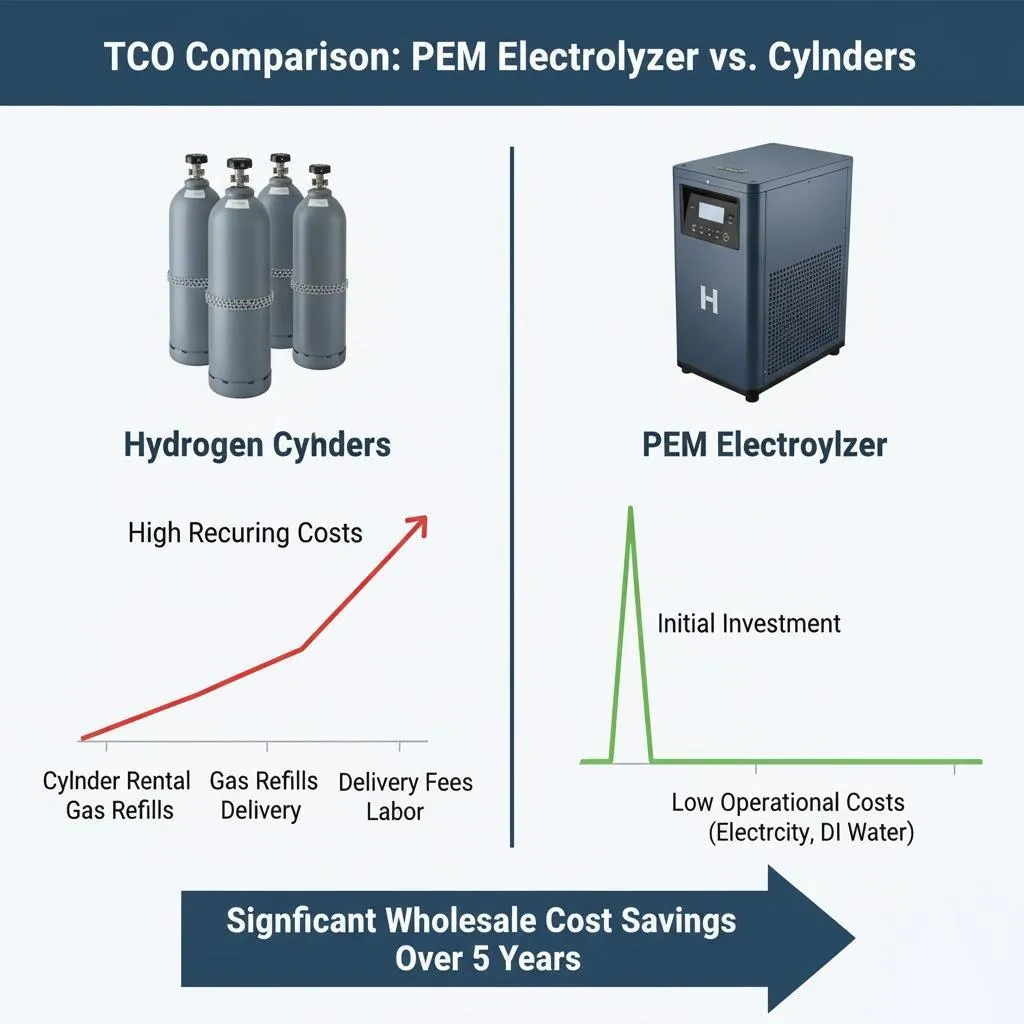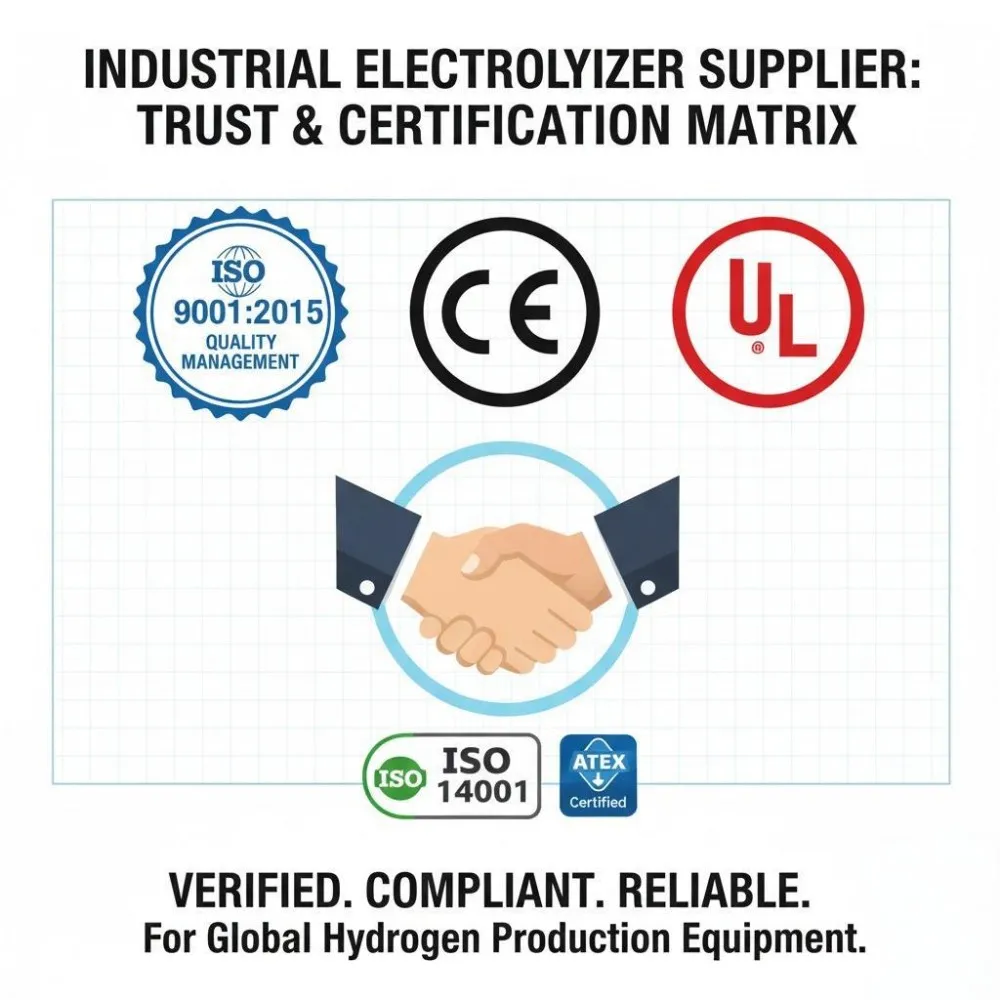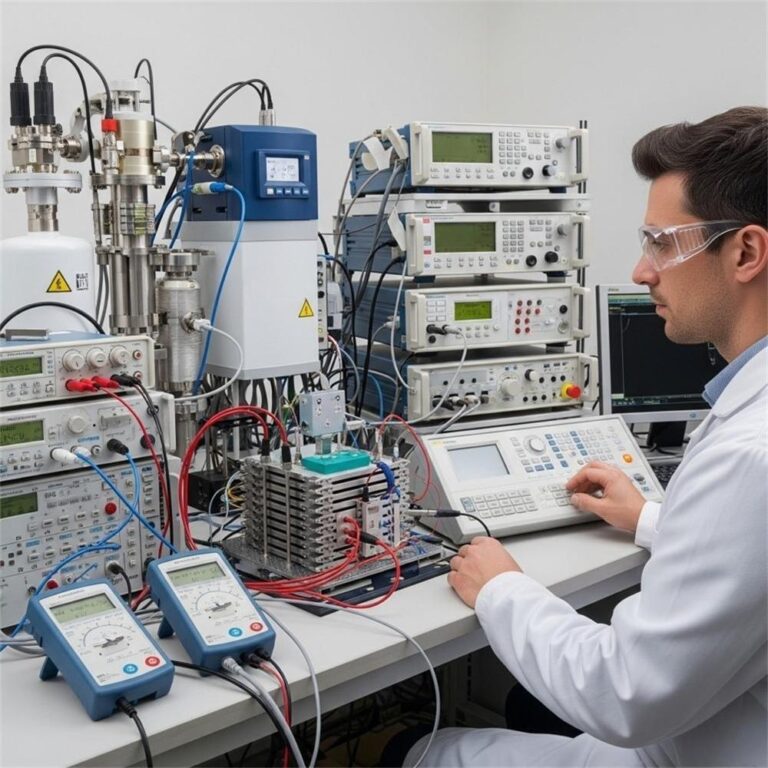Introduction
Hook: The Rising Demand for Hydrogen Energy
In a world chasing sustainable energy, hydrogen has emerged as a beacon of hope. According to the International Energy Agency (IEA), global demand for hydrogen reached 94 million tonnes in 2022—and it’s only climbing. Yet, how we produce and deliver this clean energy resource has not kept pace with its soaring popularity.
Background: Hydrogen as a Clean Energy Carrier
Hydrogen stands apart as a clean, versatile energy carrier. It can fuel vehicles, power industrial operations, and store renewable energy, all while emitting only water vapor when used. Industries across transportation, manufacturing, and energy storage see hydrogen as a key to achieving net-zero emissions by 2050.
Problem Statement: Centralized Hydrogen Production Challenges
However, traditional hydrogen production is heavily centralized, requiring large, stationary plants and complicated logistics to deliver hydrogen where needed. Transporting hydrogen, whether via pipelines or trucks, adds cost, time, and carbon emissions. This model stifles flexibility, especially for remote or rapidly changing energy needs.
Thesis Statement: Enter Containerized Hydrogen Generators
Containerized hydrogen generators offer a disruptive solution. By producing hydrogen on-site in portable, scalable units housed inside shipping containers, these systems provide the flexibility, speed, and environmental benefits the modern energy landscape demands. This article dives deep into their benefits, applications, setup, maintenance, and future outlook.
Benefits of Containerized Hydrogen Generation Systems
Portability
Easy Transportation and Deployment
Containerized hydrogen generators are designed inside standard-sized shipping containers. This simple yet powerful design allows them to be easily loaded onto trucks, trains, or ships and transported anywhere needed. Whether it’s a bustling industrial hub or a remote island, deployment is straightforward and quick.
Reduced Infrastructure Requirements
Unlike traditional hydrogen plants that demand significant capital investment and infrastructure (like pipelines and expansive storage tanks), containerized units require minimal site preparation. A stable foundation, access to water, and basic utilities are often enough.
Real-World Example
During Hurricane Laura’s aftermath in 2020, mobile containerized energy solutions, including hydrogen systems, helped power emergency shelters, medical centers, and communication hubs, proving their value when permanent infrastructure is unavailable.
Scalability
Meeting Changing Demands
One of the key advantages of containerized systems is modularity. Companies can start small with a single unit and scale up by adding more containers as their hydrogen needs grow. There’s no need for costly, disruptive plant expansions.
Modularity and Flexibility
Each container operates semi-independently but can be networked together for greater output. This modular design enables businesses to respond dynamically to market conditions or unexpected demand surges.
Industrial Growth Example
An automotive manufacturing plant in Michigan expanded its hydrogen-powered forklift fleet from 50 to 200 vehicles by simply adding two more containerized hydrogen units, avoiding costly facility overhauls.
Cost-Effectiveness
Lower Transportation and Storage Costs
On-site hydrogen production slashes the costs tied to transporting and storing hydrogen. Since the gas doesn’t need to travel long distances, associated risks, expenses, and emissions dramatically drop.
Streamlined Installation Savings
Installation and commissioning of containerized systems typically take days or weeks, not months or years. Labor costs and permitting hurdles are greatly reduced compared to constructing a full-scale hydrogen plant.
Environmental Benefits
On-Site Production Reducing Emissions
Producing hydrogen close to the point of use significantly cuts transportation emissions. In a world focused on lowering the carbon footprint, containerized hydrogen production offers a tangible advantage.
Integration with Renewable Energy
These systems can be paired directly with renewable sources like solar and wind farms. When renewables generate excess electricity, containerized units can turn it into storable, clean hydrogen—a perfect marriage of green technologies.
Applications in Remote Areas and Beyond
Remote Communities
Off-Grid Power, Heating, Transportation
In many remote communities around the world, access to reliable, clean energy remains a daily struggle. Containerized hydrogen generators offer a game-changing solution by producing hydrogen locally for electricity, heating, and transportation fuel, reducing dependence on diesel generators and costly fuel imports.
Case Study Example
Take, for example, the island of El Hierro in Spain’s Canary Islands. Although not using containerized units initially, the integration of renewables and hydrogen storage there demonstrates the model’s potential. Future projects with containerized units could allow smaller islands or villages to replicate this success with a fraction of the investment and infrastructure.
Industrial Applications
Mining, Construction, Agriculture
Industrial operations often occur in isolated or rugged environments—mines, construction sites, and agricultural hubs—where traditional energy supply lines fall short. Containerized hydrogen generators enable these sectors to create clean, on-site fuel for machinery, reducing both operational costs and emissions.
Industrial Use Example
In Western Australia’s Pilbara region, a mining operation recently introduced hydrogen fuel cells to power heavy equipment. A mobile containerized hydrogen unit provided the fuel, minimizing downtime and maximizing eco-friendly output in a demanding environment.
Emergency Response
Disaster Relief Deployments
When natural disasters strike, power infrastructure is often among the first casualties. Portable hydrogen generators can be rapidly deployed to set up essential services—emergency medical centers, communication towers, and water treatment facilities—within hours, delivering resilience where it’s needed most.
Fuel Cell Vehicle Refueling
Mobile Hydrogen Refueling Stations
As the market for hydrogen fuel cell vehicles expands, mobile refueling options are crucial. Containerized systems serve as pop-up hydrogen fueling stations, bridging gaps in permanent infrastructure. These mobile units can support fleet operations, special events, or pilot programs for new hydrogen-powered transit lines.
Setup and Operation
Site Preparation
One of the biggest draws of containerized hydrogen generators is their minimal site requirements. A flat, stable surface, access to water (for electrolysis-based systems), and electrical hookups are typically all that’s needed to get started.
Installation Process
Installing a containerized hydrogen generator is often a plug-and-play operation:
- Place the container on the prepared surface
- Connect water, electricity, and any optional storage tanks
- Run system checks and safety verifications This straightforward approach cuts down commissioning times significantly compared to fixed hydrogen production plants.
Operational Requirements
Once installed, these generators are highly automated. Operators only need basic training to monitor dashboards, conduct safety inspections, and respond to alerts. Many systems feature remote control capabilities, allowing for oversight from centralized control centers.
Safety Features
Modern containerized hydrogen systems are built with robust safety measures:
- Gas leak detectors and ventilation systems
- Automated shutdowns upon fault detection
- Fire suppression technology
- Reinforced container walls for explosion resistance
Diagram/Image of Setup
(Imagine a simple schematic here showing a container with labeled sections: water input, power input, electrolyzer stack, compressor, hydrogen storage, and outlet pipe.)
Maintenance Requirements
Regular Inspections
Routine visual inspections ensure there are no leaks, abnormal vibrations, or system alerts. Typically, a weekly or bi-weekly check-up is recommended, depending on operational intensity.
Component Replacement
Key consumables such as filters, membranes, and electrolyzer stacks have predefined lifespans:
- Filters: Replaced every 6–12 months
- Electrolyzer stack: Refurbished or replaced after approximately 50,000 operational hours
Manufacturers provide maintenance schedules tailored to specific models.
Remote Monitoring
Most modern units come equipped with cloud-based remote monitoring. Technicians can diagnose problems, update firmware, or fine-tune operations without physically being on-site, boosting efficiency and reducing maintenance costs.
Maintenance Contracts
Service contracts are widely available, offering peace of mind with regular scheduled maintenance, emergency repairs, and system upgrades bundled into predictable costs.
Future Developments and Trends
Increased Efficiency
Breakthroughs in electrolysis and alternative hydrogen production methods are continuously pushing efficiencies higher. This means future containerized units will produce more hydrogen using less energy.
Integration with Renewables
The integration of containerized hydrogen systems with renewable energy sources is accelerating. Solar or wind farms can divert excess generation into hydrogen production, storing energy for times when the sun doesn’t shine or the wind doesn’t blow.
Advancements in Storage
Emerging hydrogen storage solutions, such as solid-state storage or innovative high-pressure tanks, promise to make containerized systems even more compact, efficient, and safer.
Decreasing Costs
With economies of scale, mass production, and technological innovation, the price of containerized hydrogen generators is projected to fall significantly over the next decade, making them even more accessible for widespread adoption.
Conclusion
Summary of Key Points
Containerized hydrogen generators offer a flexible, portable, and cost-effective solution for on-site hydrogen production. They bring the benefits of hydrogen energy to remote communities, industrial sectors, emergency response efforts, and the growing fleet of fuel cell vehicles.
Reiterate Thesis
By moving away from centralized hydrogen plants and embracing portable, modular solutions, industries and communities can unlock new levels of resilience, sustainability, and energy independence.
Call to Action
Interested in leading the green revolution? Explore containerized hydrogen generators today. Reach out to specialized manufacturers, study case examples, and imagine how this versatile solution could power your next project!
Future Outlook
With ongoing advancements, broader renewable energy integration, and steadily declining costs, containerized hydrogen systems are poised to play a pivotal role in the global transition to a clean energy future.
Frequently Asked Questions (FAQs)
1. What is a containerized hydrogen generator?
A containerized hydrogen generator is a portable system housed inside a standard shipping container, designed to produce hydrogen on-site using methods like electrolysis or steam reforming.
2. How much hydrogen can a containerized generator produce?
Production capacity varies by model, but typical systems can produce anywhere from 10 kg to several hundred kilograms of hydrogen per day.
3. Is it safe to use containerized hydrogen systems?
Yes, modern containerized generators are equipped with multiple layers of safety, including leak detection, automatic shutdowns, fire suppression, and reinforced containers.
4. Can containerized systems work with renewable energy sources?
Absolutely! These systems are often paired with solar panels, wind turbines, or hydropower setups to create fully green hydrogen production solutions.
5. How long does installation take?
Most installations take only a few days to a couple of weeks, depending on site preparation and system complexity.
6. Are containerized hydrogen generators cost-effective?
Over time, containerized systems can be highly cost-effective by eliminating transportation expenses, minimizing infrastructure costs, and offering scalable production aligned with needs.
✅ External Link for Further Learning:
For deeper insights on green hydrogen technology, check out the International Energy Agency’s Hydrogen Report.







